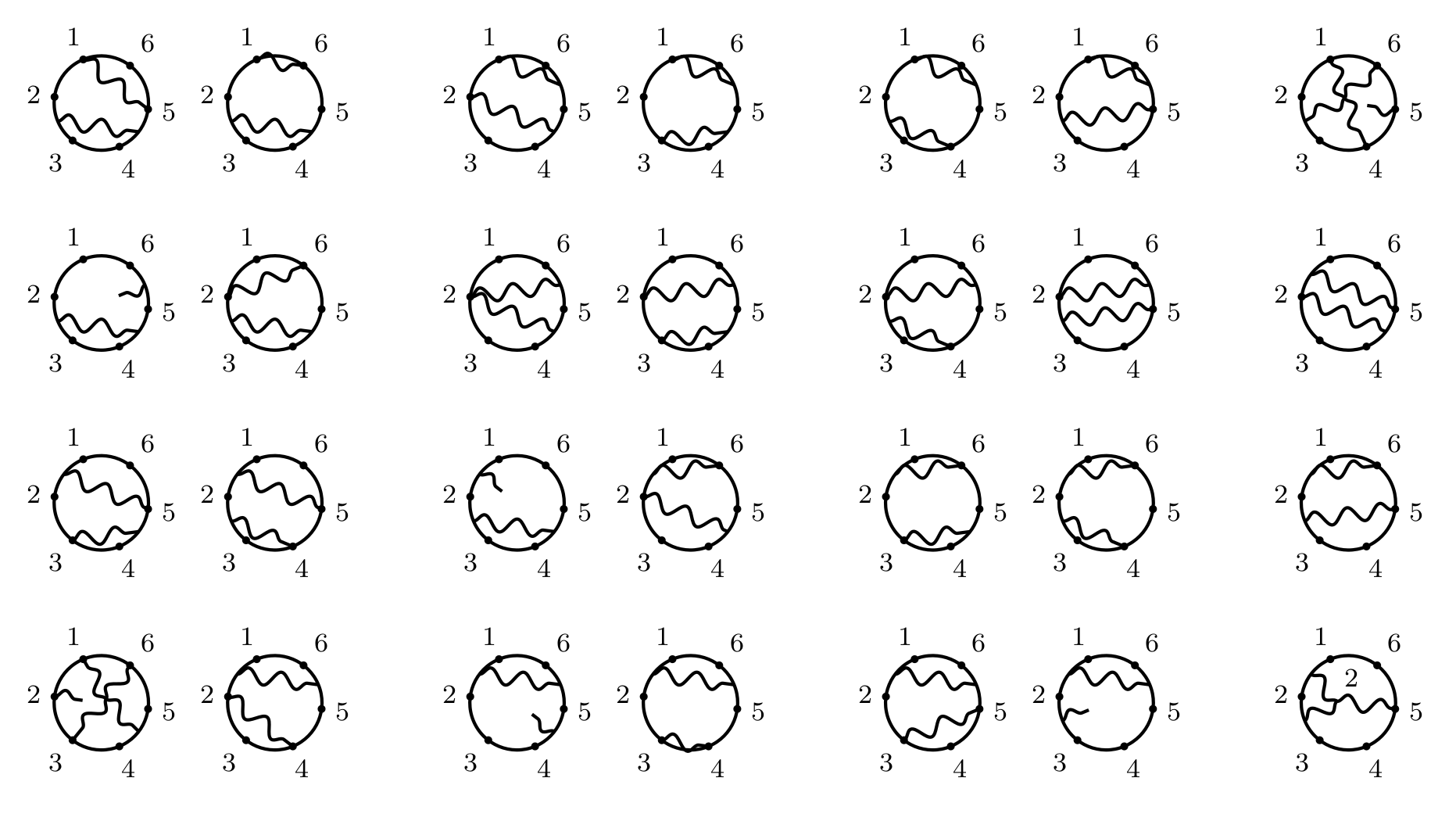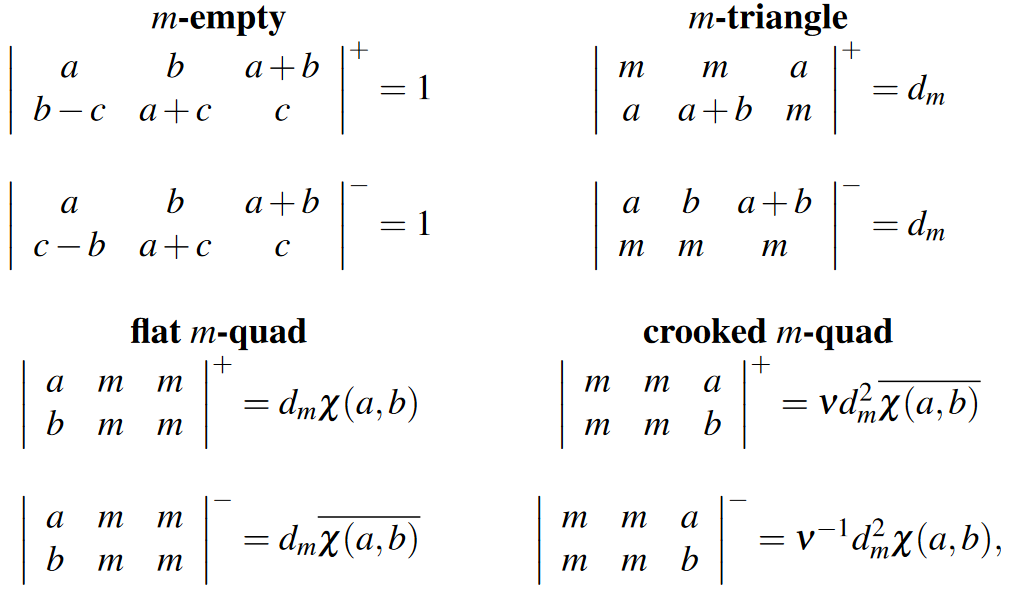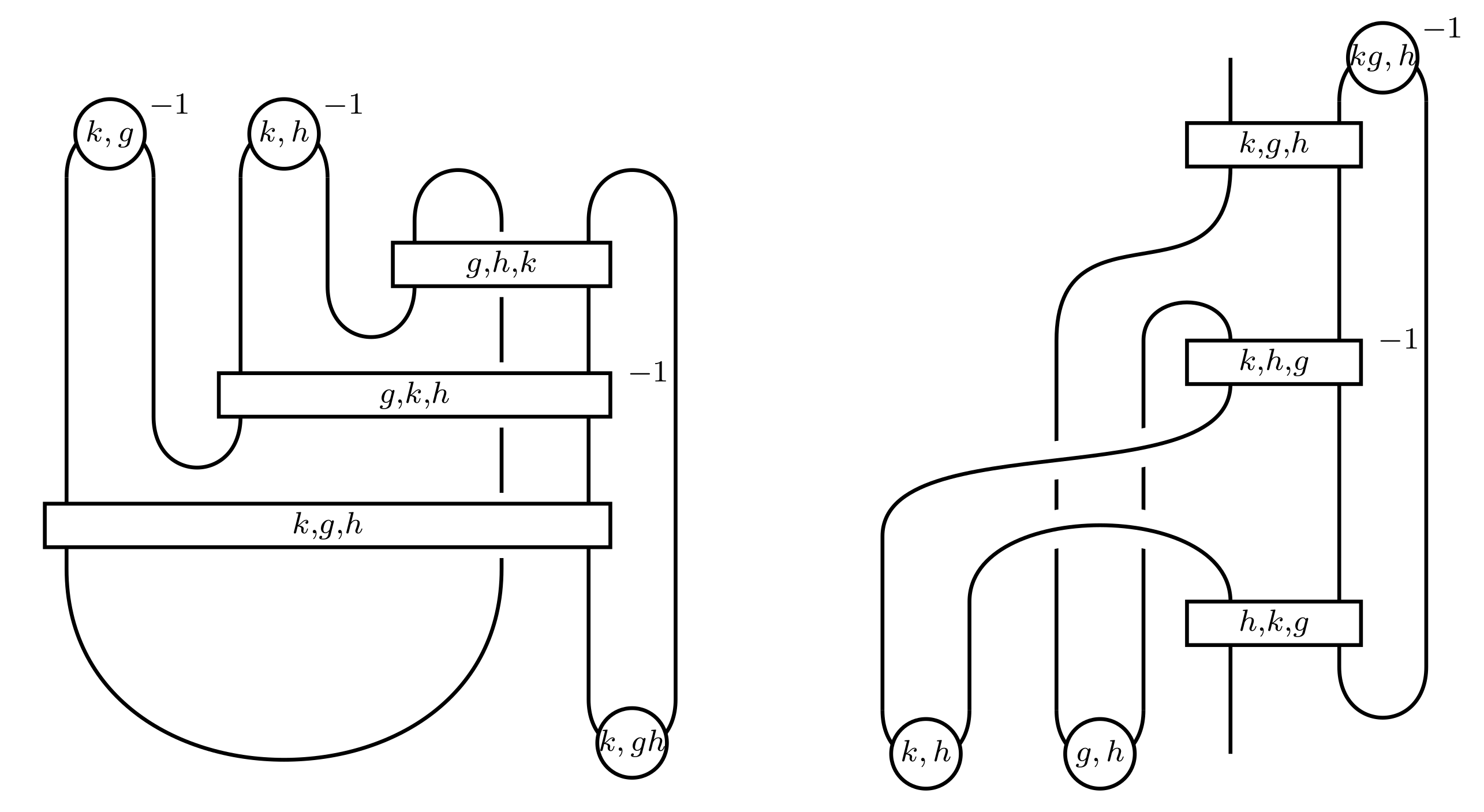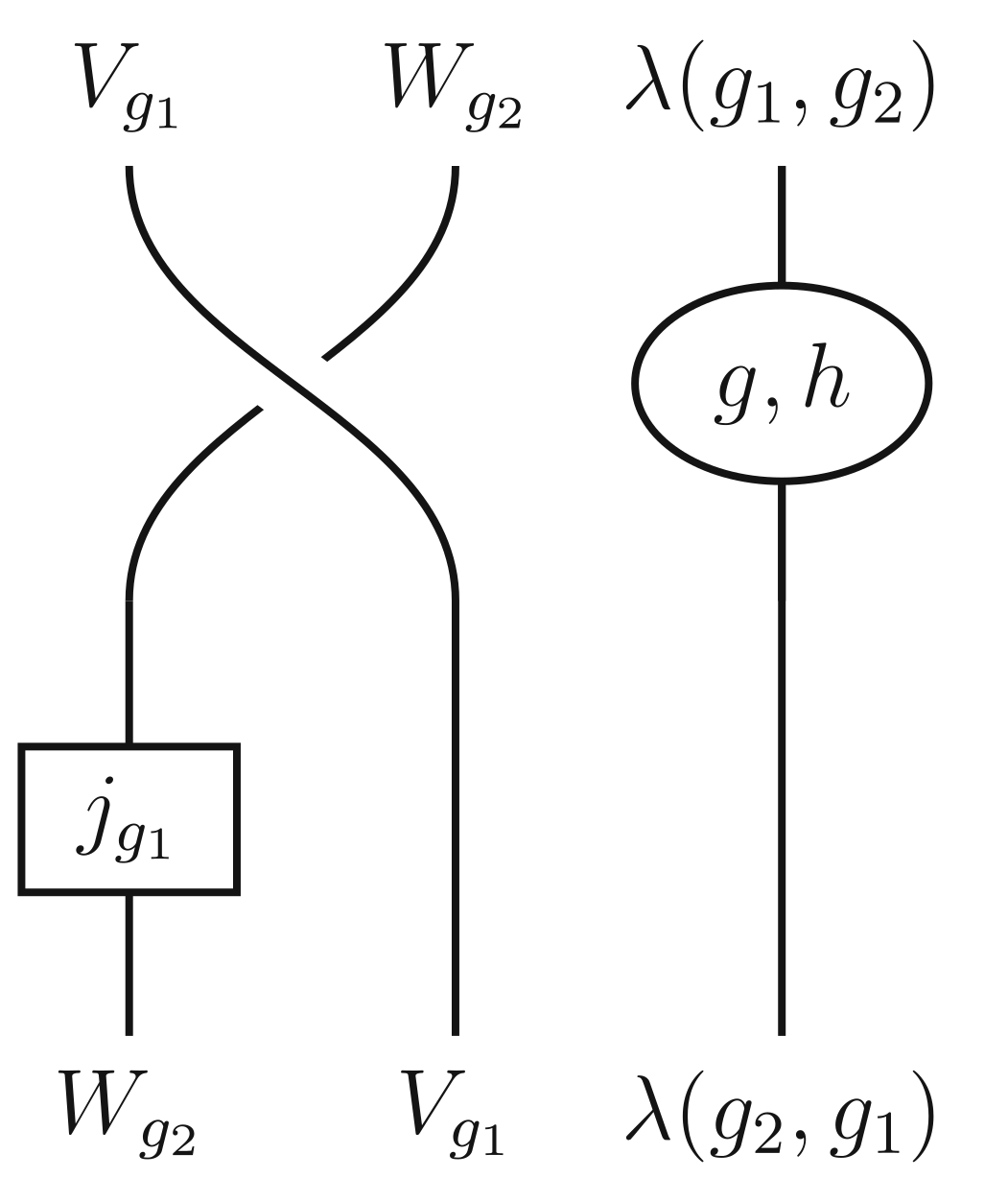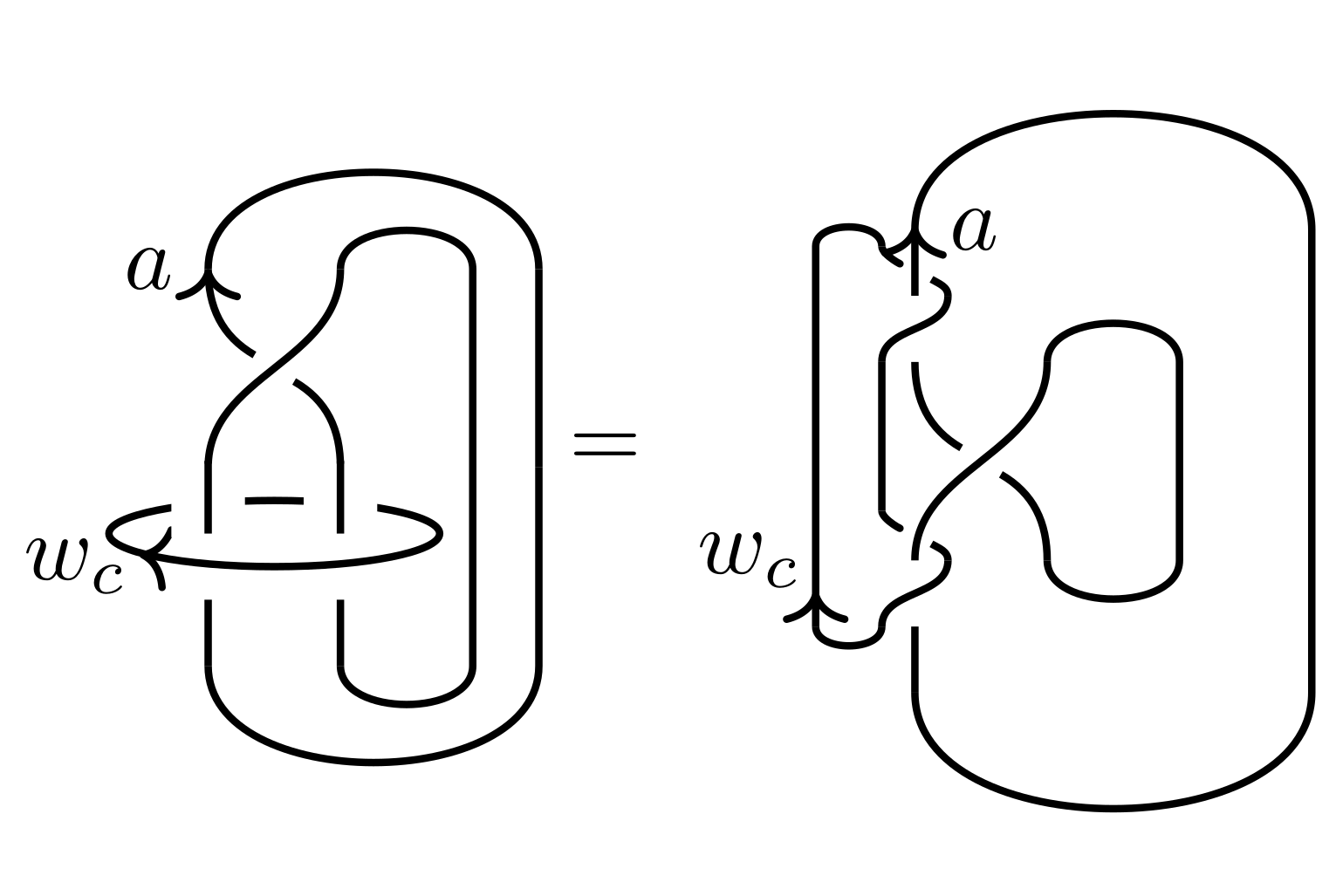The condensed fiber product and zesting
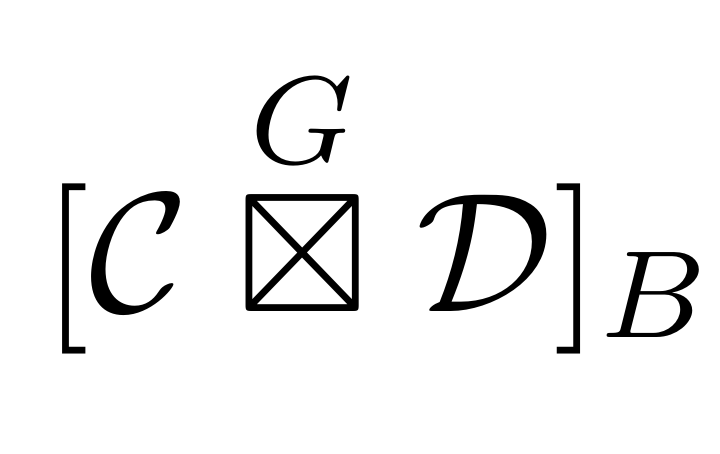
with César Galindo, Julia Plavnik, Eric Rowell, and Qing Zhang, arXiv:2410.09025
We introduce the condensed fiber product of two G-crossed braided fusion categories, explore the relationship with zesting, and touch briefly on the overlap with the hierarchy construction for topological order. We show the condensed fiber product defines a monoidal structure on the 2-category of G-crossed and braided extensions of braided categories with a fixed transparent symmetric pointed subcategory.
